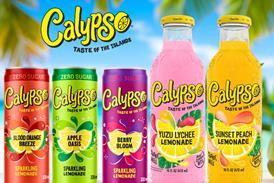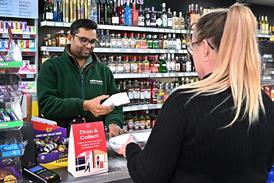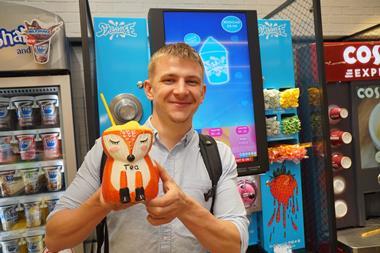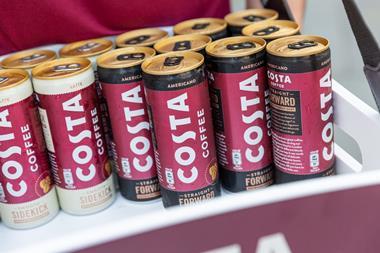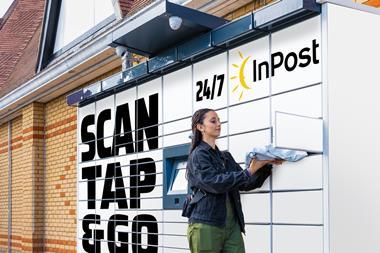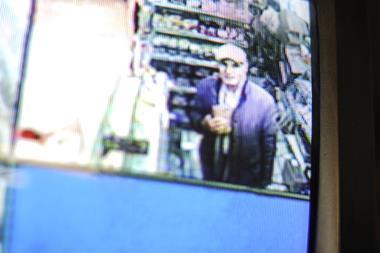The modern convenience store

Shopper trends are evolving as fast as ever, meaning retailers and symbol groups are having to revisit their whole offer to remain relevant and sustainable. Here we look at some of the latest versions of a modern c-store.
ALREADY HAVE A REGISTERED USER ACCOUNT? PLEASE LOG IN HERE
To read the full story join the ConvenienceStore.co.uk community today!
Registration is quick and easy and provides access to:
- Unlimited ConvenienceStore.co.uk articles
- Our great range of newsletters
- Content you’ve saved for later via the ‘my library’ feature
And much more…









